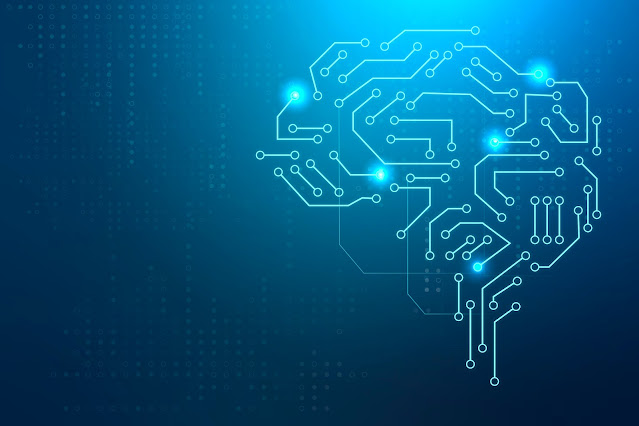Uses of Machine Learning in Real Life
Machine learning is a field of computer science that focuses on developing algorithms and statistical models. It enables computers to automatically learn from data and improve their performance on a specific task without being explicitly programmed. In other words, it is the process of teaching a computer system how to recognize patterns, make predictions, and take actions based on data without being explicitly programmed to do so. There are numerous uses of machine learning in real life which you might not be aware of. But there is nothing to worry about because in this article we are going to cover each and every application of machine learning in the real world.
Machine Learning can be broadly divided into three types: supervised learning, unsupervised learning, and reinforcement learning. Supervised learning involves training a model on a labelled dataset, where the correct outputs are already known. The model then uses this labelled data to make predictions on new, unlabeled data. Examples of supervised learning include fraud detection, speech recognition, and image classification.
Unsupervised learning, on the other hand, involves training a model on an unlabeled dataset, where the correct outputs are not known. The model then finds patterns and relationships in the data on its own, without any supervision, and uses this information to group similar data points together. Examples of unsupervised learning include clustering, anomaly detection, and dimensionality reduction.
Reinforcement learning is a type of Machine Learning where an agent learns to make decisions by interacting with an environment and receiving rewards or punishments based on its actions. The goal of reinforcement learning is to train an agent to make the best decisions possible in any given situation, based on the rewards it receives. Examples of reinforcement learning include game-playing agents and robotics.
In conclusion, Machine Learning is a powerful tool that can change many different industries in big ways. It can help with things like improving healthcare, managing finances, and making transportation safer and more efficient. By teaching computers to learn from data and improve their performance over time, we can create intelligent systems that can make better decisions and predictions than humans can alone. While there are many challenges and limitations to Machine Learning, its potential benefits are enormous, and it will likely continue to be a rapidly growing field in the years to come.
Listed below are a few uses of machine learning in real life:
1. Healthcare: Machine Learning is used to develop predictive models for diagnosing diseases, identifying at-risk patients, and recommending personalized treatment plans.
2. Finance: Machine Learning is used for fraud detection, credit scoring, portfolio management, and algorithmic trading.
3. E-commerce: Machine Learning is used to personalize recommendations, optimize pricing, and improve customer service.
4. Marketing: Machine Learning is used to analyze customer data, predict customer behaviour, and optimize advertising campaigns.
5. Transportation: Machine Learning is used for route optimization, vehicle maintenance, and driver safety.
6. Manufacturing: Machine Learning is used for predictive maintenance, quality control, and supply chain optimization.
7. Energy: Machine Learning is used for predictive maintenance of equipment, demand forecasting, and energy consumption optimization.
8. Agriculture: Machine Learning is used for crop prediction, soil analysis, and precision farming.
9. Education: Machine Learning is used for personalized learning, student assessment, and educational research.
10. Entertainment: Machine Learning is used for content recommendation, personalized music playlists, and game development.
These are just a few examples of the uses of machine learning in real life nowadays. As the field of Machine Learning continues to develop, we can expect to see even more innovative applications emerge in a wide range of industries.




